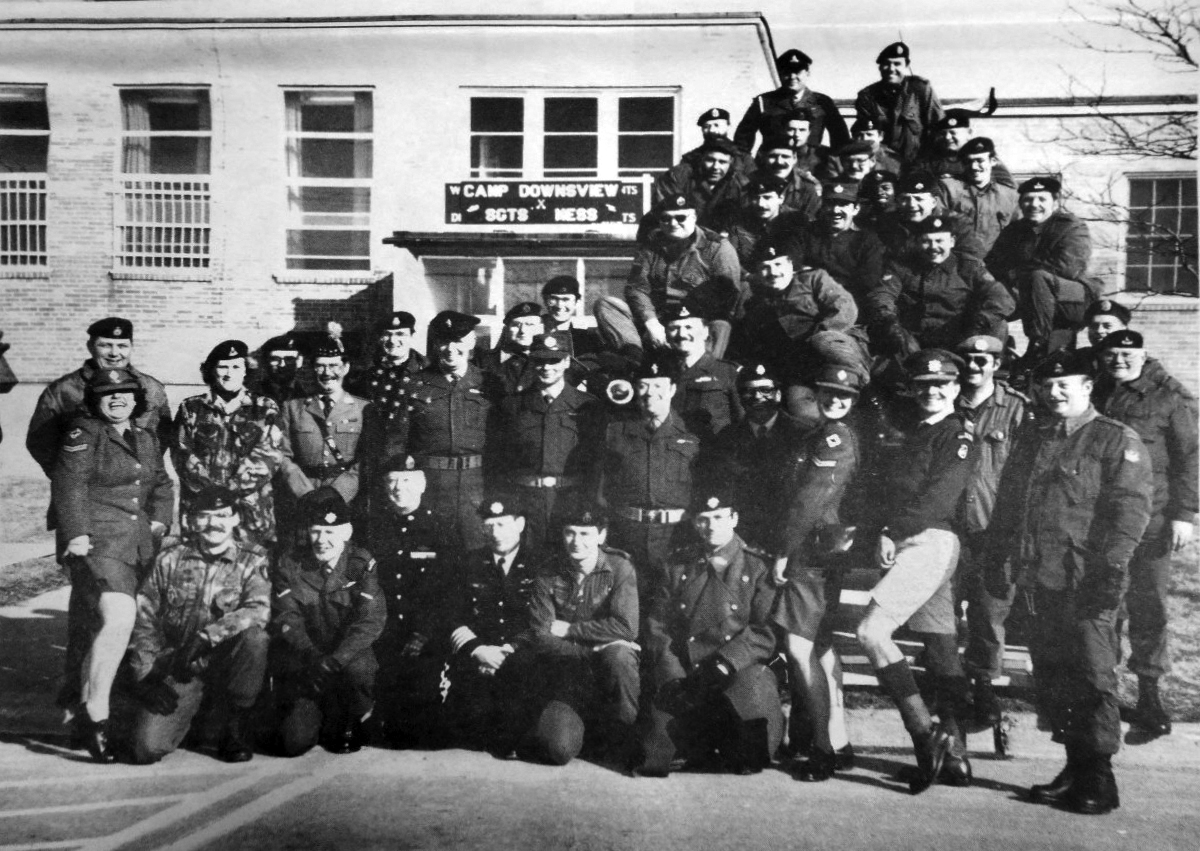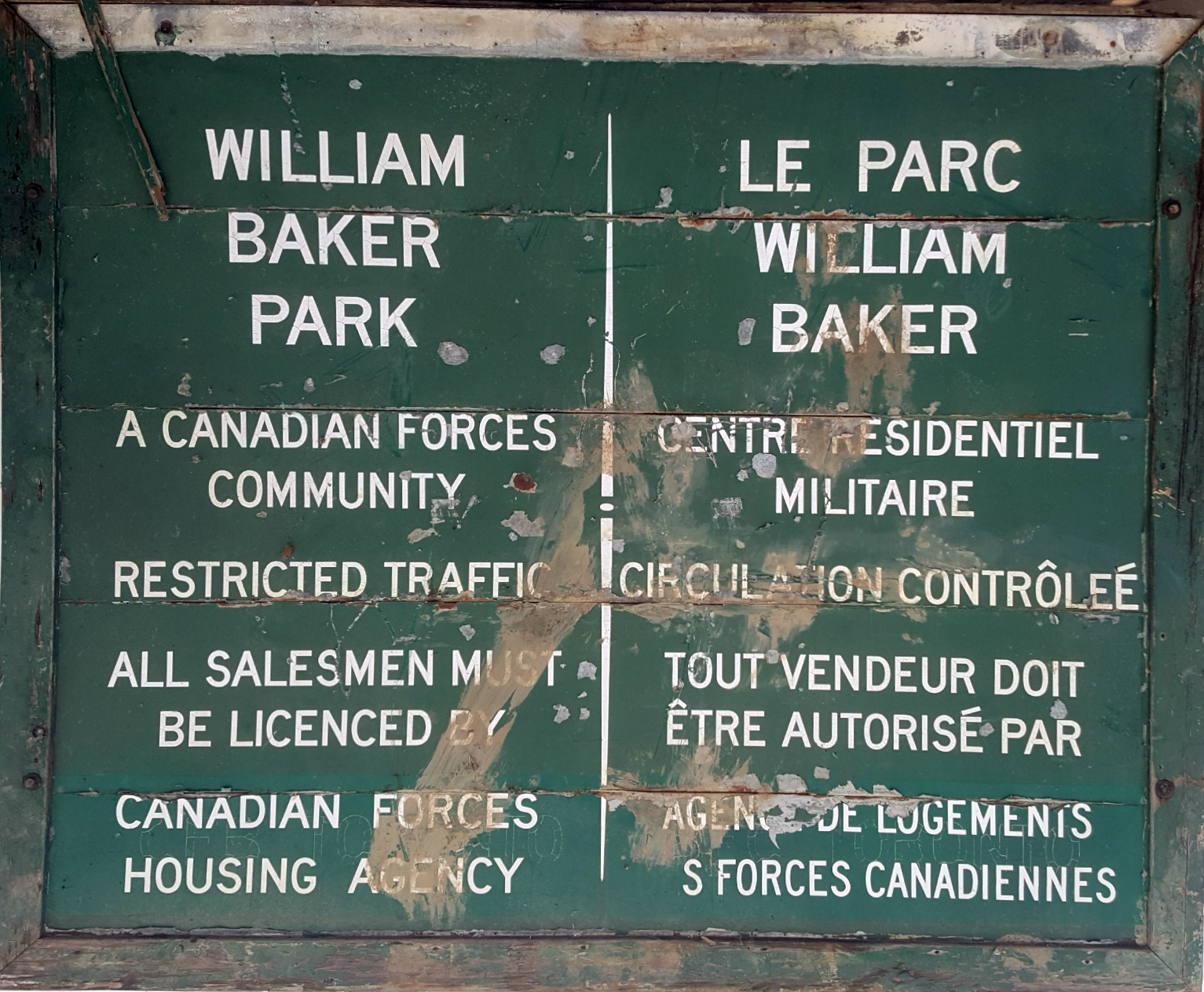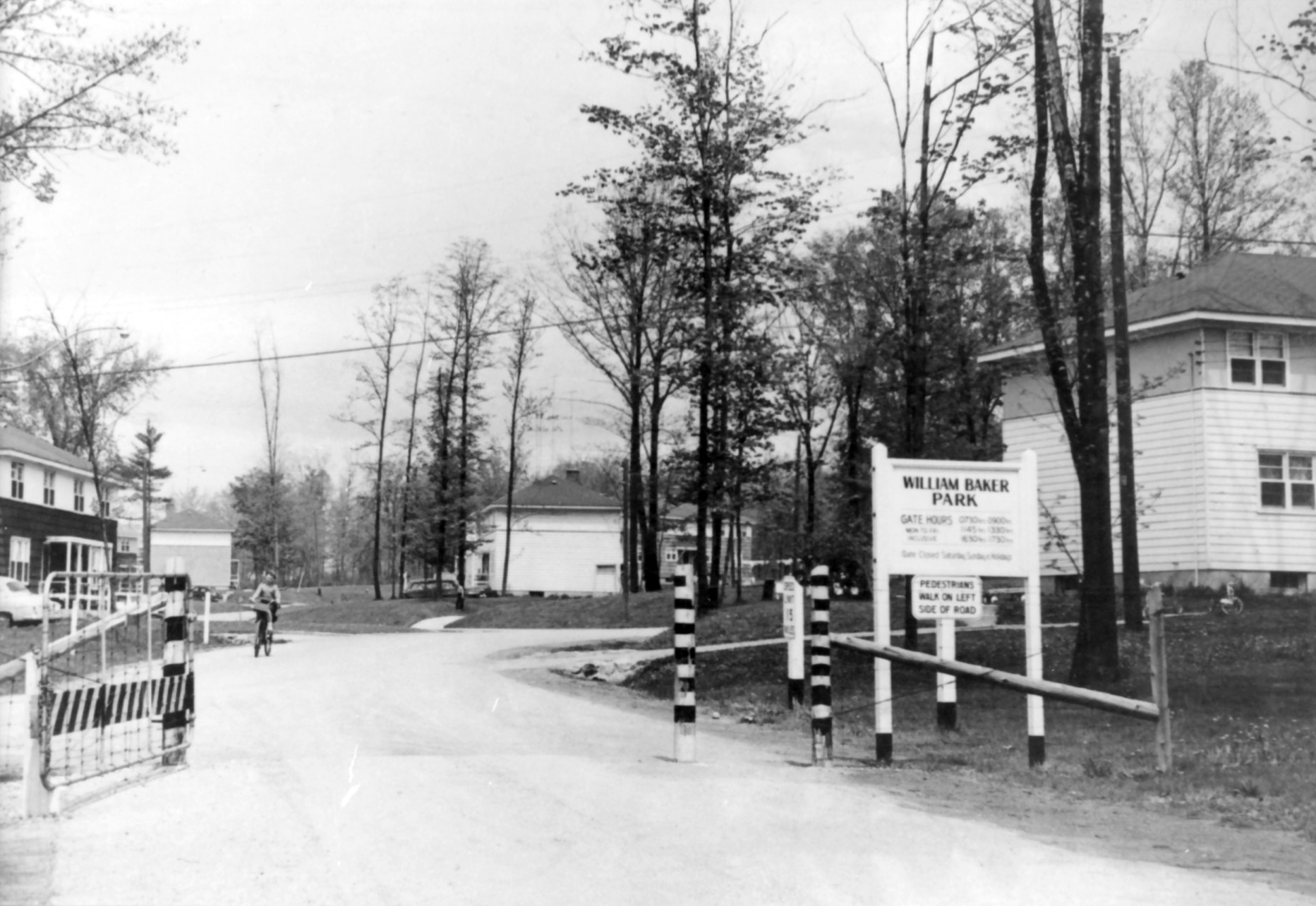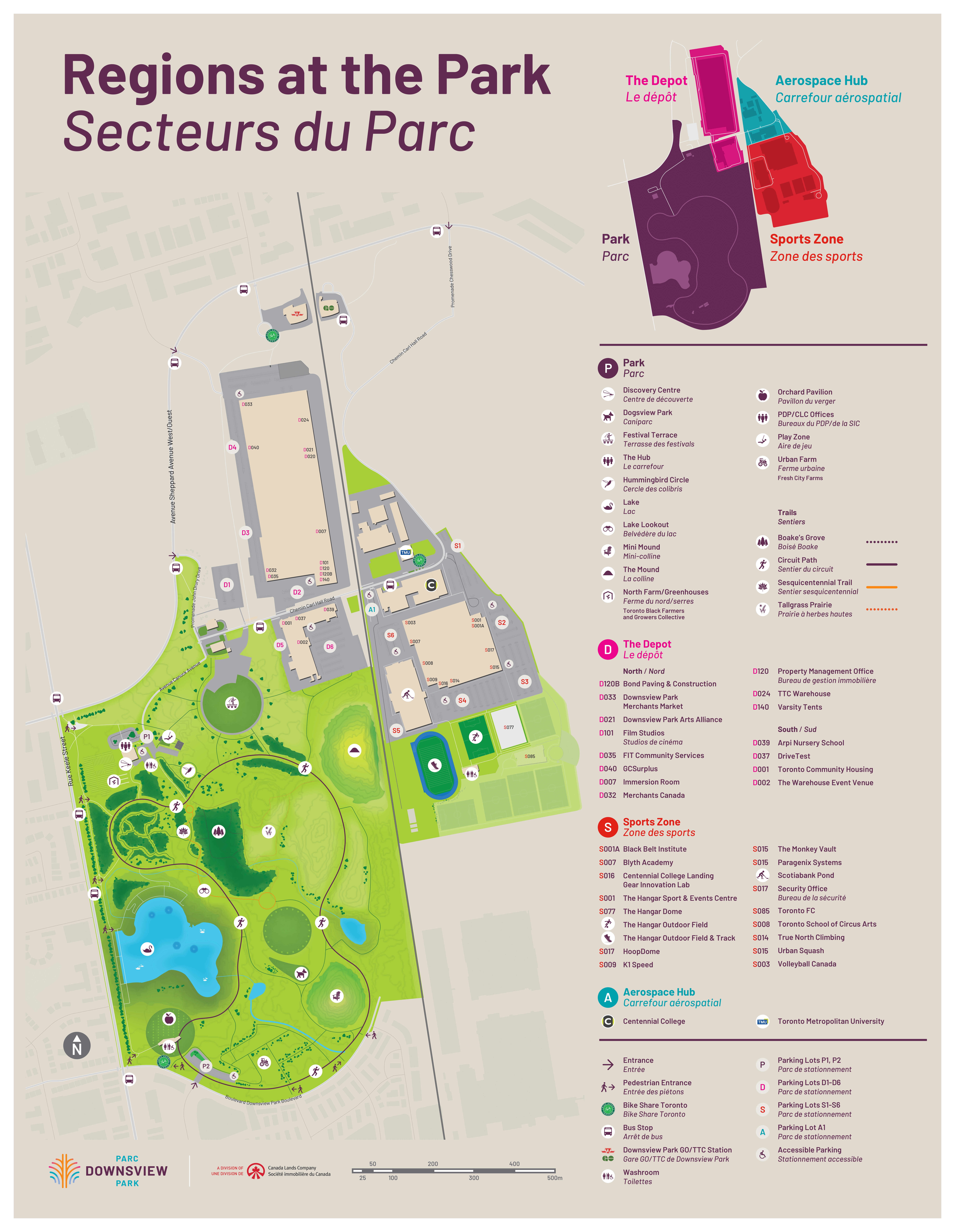Life on the Downsview Base
The presence of the Canadian military in Downsview was evident in signage, fencing, and occasional truck and air traffic but for the most part, life inside the compound was pretty mysterious to outsiders. At its peak in the 1970s and 80s, approximately 3,000 military personnel and their families answered the call of duty at CFB Toronto. Charged with the task of protecting the airspace of Toronto in the event of a war, officers, soldiers, and members of the reserves and militia focused their day to day efforts on logistics and supplies for military missions abroad, training drills, testing survival gear, supporting local armouries, and being available for local emergencies.
Like all Canadian military bases, CFB Downsview was set up to function as a city within a city, complete with housing, workspaces, classrooms, medical facilities, a bowling alley, gym, and an auditorium. In virtually every aspect of life, strict military protocol was observed, explicitly prohibiting officers and the rank and file from mixing and mingling anywhere on the base. Each person had a designated ‘mess hall’ relating to their rank which provided them with a place to socialize, eat, watch TV, play darts or pool, and even grab a beer. Even husbands and wives who happened to mix senior/junior ranks were quite challenged to have an exception granted to attend each others’ annual holiday parties.
William Baker Park was where commissioned officers lived with their families, affectionately referred to by some as Snob Hill. Located on the north side of Sheppard Avenue on the east side of Keele St, the leafy neighbourhood boasted newer detached homes, driveways, and front yards. Rents ranged from $400 to $1200 a month. Lower ranking staff were spread out around Stanley Green Park in semi-detached post-war houses built in the 1950s and 60s and row-house rentals on Keele St. known as LDH’s (low dividend housing).
Swapping stories on Facebook about life on the base, Cathy Secord commented “We lived in the LDHs in the 70s as a family of 6 kids and 2 parents. Some would say those were hard living conditions but I only remember it as fun. I loved living so close to all our neighbours and having friends close by. We went to movies on the base for .35 cents and had a Teen Town in the summer. The sense of community was awesome.”
Others added memories about the local firefighters flooding the baseball diamonds in winter for rinks, tobogganing down the hill outside the rec centre, rounding up kids for games of hide and seek, corn roasts, and picking wild strawberries in the field beside the railroad tracks. About a third of the military personnel at Downsview rotated to another base and assignment every year so former residents also spoke of the challenges of moving from base to base and having to make new friends in new schools and neighbourhoods so frequently.
Following the withdrawal of military personnel from much of the base, all of the housing associated with life on the base was demolished over several years. Several heritage buildings associated with RCAF Toronto base activities remain, most of which cluster on the Carl Hall Road axis.






